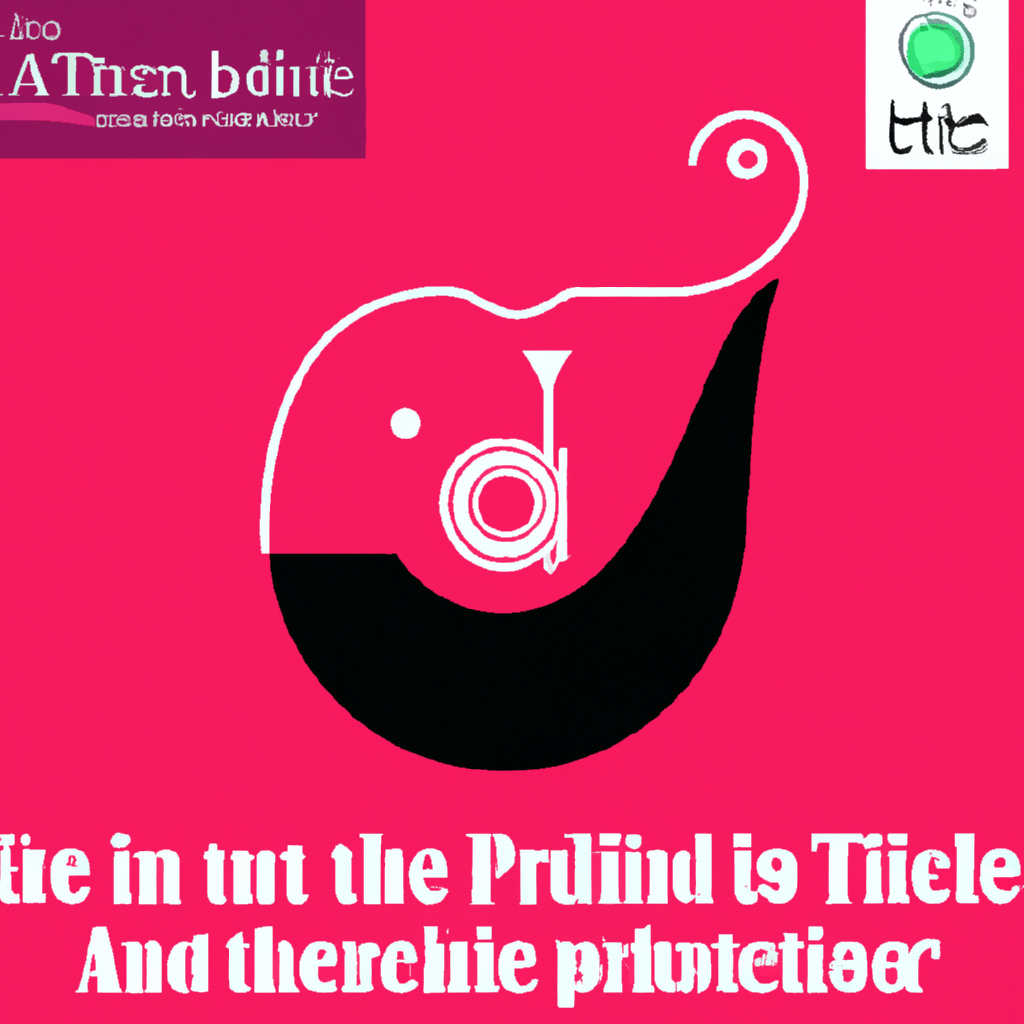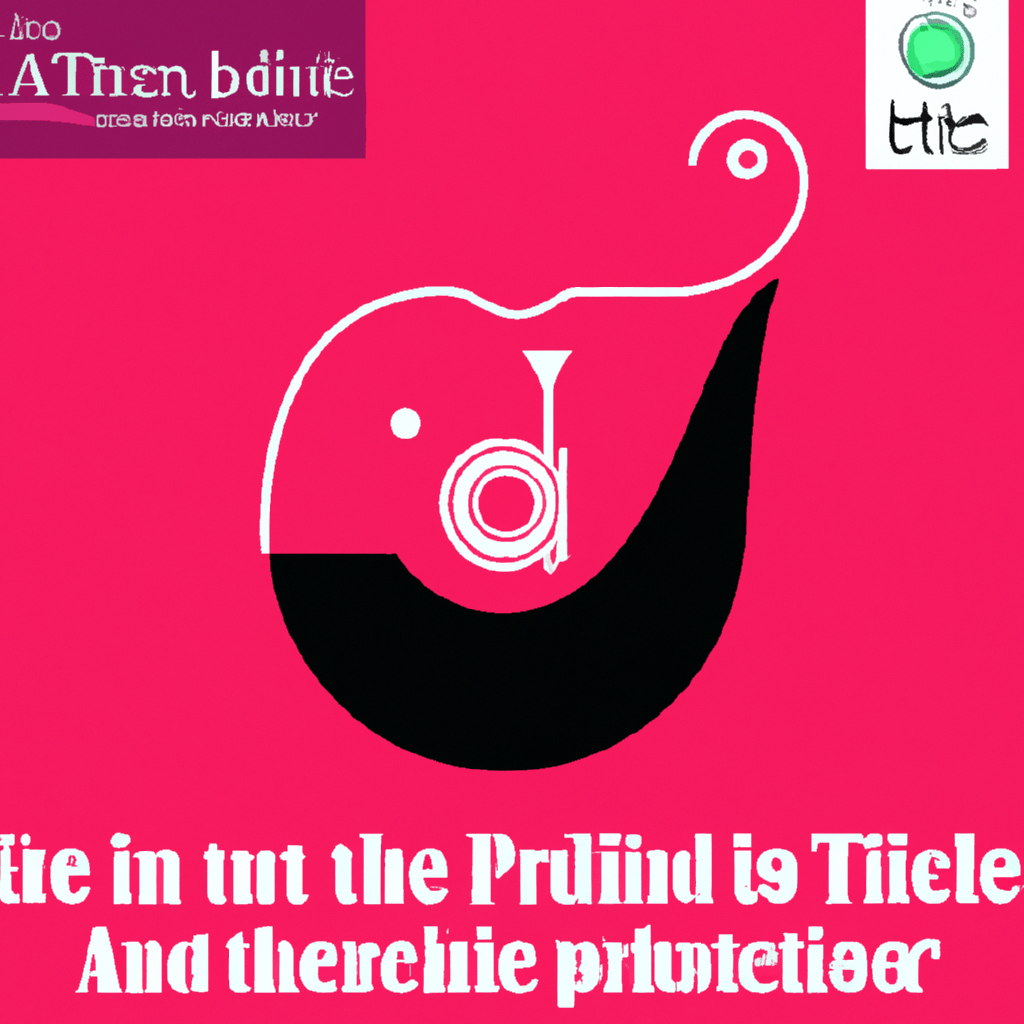Have you ever wanted to master the art of illustration? Drawing for illustration requires more than just basic sketching skills; it involves using techniques, tools, and principles to bring stories and ideas to life. One tool that is essential for every illustrator’s toolbox is the pen tool in Adobe Illustrator. By understanding how to use this tool effectively, you can create detailed and meaningful illustrations that engage and resonate with your audience. In this article, we will explore the various aspects of the pen tool, from its basic functions to advanced techniques, so you can take your illustration skills to the next level. Get ready to unleash your creativity and become a pro at using the pen tool in Illustrator!
Getting Started
To effectively use the Pen Tool in Adobe Illustrator, it is important to have a good understanding of its features and functions. In this article, we will explore the various techniques, shortcuts, and settings that will help you make the most out of this powerful tool. By the end of this guide, you will have the skills and knowledge to create precise and intricate illustrations with ease.

Understanding the Pen Tool
The Pen Tool is a versatile and fundamental tool in Illustrator that allows you to create and manipulate paths. It is represented by a pen icon in the toolbar and is used to draw straight lines, curved lines, and complex shapes by placing anchor points and manipulating their handles. With the Pen Tool, you have full control over the shape and direction of your paths, making it an essential tool for creating precise illustrations.
Importance of Keyboard Shortcuts
Keyboard shortcuts play a vital role in optimizing your workflow and improving your efficiency when using the Pen Tool. Memorizing and utilizing these shortcuts will save you valuable time and allow you to focus more on your creative process. Some essential shortcuts to remember when working with the Pen Tool include:
- P – Select the Pen Tool
- Ctrl/Cmd – Convert the selected anchor point to a corner point
- Alt/Option – Convert the selected anchor point to a smooth point
- Ctrl/Cmd+J – Join two open paths
- Ctrl/Cmd+Backspace/Delete – Delete selected anchor point(s)
By incorporating keyboard shortcuts into your workflow, you can navigate through different tools and functions seamlessly, ultimately boosting your productivity.
Workspace Setup
Before diving into using the Pen Tool, it is important to set up your workspace in a way that suits your needs. Illustrator provides a customizable interface that allows you to arrange and organize your tools and panels according to your preference. Consider the following tips to optimize your workspace for efficient use of the Pen Tool:
- Arrange your tools and panels in a way that allows easy access to frequently used functions such as the Pen Tool, Layers, and Pathfinder.
- Utilize the workspace presets provided in Illustrator, such as Essentials, Illustrator Default, or create your own custom workspace.
- Customize your toolbar by adding or removing tools that you frequently use. This will help streamline your workflow and reduce clutter.
By setting up your workspace to cater to your specific requirements, you can create an environment that promotes creativity and efficiency when using the Pen Tool.
Basic Pen Tool Techniques
Now that you have a good understanding of the Pen Tool and have set up your workspace, let’s dive into some basic techniques that will allow you to create precise and clean paths.
Creating Straight Lines
One of the primary functions of the Pen Tool is to create straight lines. To do this, simply select the Pen Tool from the toolbar and click on the canvas to place your first anchor point. Then, move your cursor to the desired endpoint and click again to create a straight line between the two anchor points. Repeat this process to create additional straight line segments.
Drawing Curved Lines
In addition to straight lines, the Pen Tool also allows you to draw curved lines. To create a curved line, click and hold on the canvas to place your first anchor point, then drag the cursor to adjust the direction and length of the handles. The length and angle of the handles control the curvature of the line. Release the mouse button to place the anchor point and complete the curve. Continue placing anchor points and adjusting the handles to create complex curved paths.
Adding Anchor Points
To add additional anchor points to an existing path, select the Pen Tool and click on the path where you want to add the anchor point. The new anchor point will be added and connected to the surrounding points, effectively modifying the shape of the path. This technique is useful when you need to add more detail or complexity to your paths.
Deleting Anchor Points
Sometimes you may find that you have added too many anchor points or that some are unnecessary. In such cases, you can easily delete anchor points to simplify your paths. Select the Pen Tool, hover over the anchor point you want to delete, and press the Ctrl/Cmd+Backspace/Delete keyboard shortcut. This will remove the selected anchor point and adjust the path accordingly.
Converting Anchor Points
The Pen Tool allows you to convert anchor points from corner points to smooth points and vice versa. This conversion affects the shape and behavior of the path. To convert an anchor point, select the Pen Tool and click on the anchor point you wish to convert. Then, use the Ctrl/Cmd or Alt/Option key to toggle between smooth and corner points. Experiment with different conversions to achieve the desired shape and curvature of your paths.
Manipulating Paths
Once you have created paths using the Pen Tool, you can manipulate and fine-tune them to achieve the desired results. In this section, we will explore various techniques for moving anchor points, adjusting handles, joining paths, and dividing paths.
Moving Anchor Points
To reposition anchor points, select the Direct Selection Tool (shortcut: A) from the toolbar and click on the anchor point you wish to move. You can then drag the anchor point to a new location. This technique allows you to adjust the shape and direction of your paths by modifying the position of individual anchor points.
Adjusting Handles
Handles play a crucial role in controlling the curvature of curved paths. To adjust the length and direction of handles, select the Direct Selection Tool and click and drag on a handle to modify its position. This will alter the curvature of the path and allow you to create smooth and flowing lines.
Joining Paths
Sometimes you may need to connect two open paths to create a closed shape or to combine them into a single path. To join two open paths, select the Pen Tool and ensure that the paths have overlapping points. Then, click on one of the open endpoints to connect it with the other path. This will create a seamless transition between the two paths, allowing you to create complex shapes and illustrations.
Dividing Paths
Dividing paths can be useful when you want to split a path into separate sections. To divide a path, select the Scissors Tool (shortcut: C) from the toolbar and click on the path at the desired location. This will split the path into two separate paths, each with its own anchor points. You can then manipulate these paths independently to create custom shapes and designs.
Advanced Pen Tool Techniques
Now that you have mastered the basic techniques of the Pen Tool, let’s explore some more advanced techniques that will take your illustrations to the next level.

Creating Compound Paths
Compound paths are created by combining multiple paths into a single shape. This technique is useful when you want to create cutouts or complex shapes. To create a compound path, select the paths you want to combine, right-click, and choose “Make Compound Path” from the context menu. The selected paths will merge into a single shape that can be filled, stroked, or used in various other ways.
Working with Clipping Masks
Clipping masks allow you to control the visibility of objects within a defined shape. To create a clipping mask, select both the shape you want to use as the mask and the object you want to mask. Then, go to the “Object” menu, choose “Clipping Mask,” and select “Make” or use the shortcut Ctrl/Cmd+7. The masked object will now only be visible within the boundaries of the shape.
Creating Custom Shapes
The Pen Tool gives you the freedom to create custom shapes that fit your unique illustration style. By combining straight lines, curved lines, and anchor point manipulation, you can create intricate and visually appealing shapes. Experiment with different techniques and explore the possibilities of the Pen Tool to create your own custom shapes and designs.
Tips for Precision
When working with the Pen Tool, precision is key. The following tips will help you create clean and accurate paths.
Using Smart Guides
Smart Guides are a powerful tool in Illustrator that help you align and position objects with precision. To enable Smart Guides, go to the “View” menu, select “Smart Guides,” and ensure that it is checked. Smart Guides will then provide visual cues and measurements as you move and place objects, making it easier to align anchor points and create balanced illustrations.
Snapping to Grids and Guides
Grids and guides are invaluable when it comes to achieving precision in your illustrations. By enabling grids and guides, you can create a framework that assists in aligning and positioning anchor points and objects. To enable grids, go to the “View” menu and select “Show Grid.” To create guides, simply click and drag from the rulers to create custom guidelines. Use these grids and guides as reference points to ensure accuracy and consistency in your artwork.
Advanced Pen Tool Features
In addition to the basic techniques covered earlier, the Pen Tool offers some advanced features that allow for greater flexibility and creativity in your illustrations.
Adding Stroke and Fill Effects
With the Pen Tool, you can not only create paths but also add stroke and fill effects to enhance your artwork. To add a stroke, select the path and go to the “Appearance” panel. Click on the “Add New Stroke” button and adjust the stroke attributes such as color, weight, and style. To add a fill, follow the same steps but click on the “Add New Fill” button instead. Experiment with different stroke and fill combinations to create visually striking illustrations.
Working with Path Operations
Path operations allow you to combine, subtract, or intersect paths to create complex shapes and designs. To access path operations, select multiple paths and go to the “Pathfinder” panel. From there, you can choose from options such as “Unite,” “Minus Front,” and “Intersect” to modify the selected paths. Path operations provide endless possibilities for creating unique and intricate illustrations.
Working with Live Paint
Live Paint is a versatile feature in Illustrator that allows you to easily color and fill your artwork. When working with paths created using the Pen Tool, converting them to Live Paint groups provides more flexibility and control over color application.
Converting Paths to Live Paint Groups
To convert a path to a Live Paint group, select the path and go to the “Object” menu. Choose “Live Paint” and select “Make” from the options. This will convert your selected path into a Live Paint group, where you can apply colors to specific areas of your artwork.
Using the Live Paint Bucket Tool
Once you have converted paths into Live Paint groups, you can use the Live Paint Bucket Tool to apply colors. Select the Live Paint Bucket Tool from the toolbar and click on the desired area within the Live Paint group to fill it with color. You can also use the Eyedropper Tool to sample colors from your artwork and apply them to specific areas. The Live Paint feature gives you the freedom to experiment with colors and create vibrant illustrations.
Troubleshooting Common Pen Tool Issues
While the Pen Tool is a powerful and versatile tool, it can sometimes pose challenges. In this section, we will address some common issues that users may encounter when working with the Pen Tool and provide solutions to fix them.
Fixing Gaps and Overlaps
Gaps and overlaps in paths can distort the shape and appearance of your illustrations. To fix gaps, select the paths that are not connected and use the Direct Selection Tool to move the anchor points closer together. To fix overlaps, select the paths that are crossing over each other and adjust their position by moving the anchor points or adjusting the handles.
Reshaping Curved Lines
If you find that a curved line does not have the desired shape or curvature, you can easily reshape it using the Direct Selection Tool. Select the anchor points and adjust their position or manipulate the handles to achieve the desired shape.
Preventing Distortion
When creating complex illustrations, it is important to maintain the aspect ratio and overall proportions of your shapes. To prevent distortion, hold the Shift key while resizing or transforming your paths. This will ensure that the width and height of the shape are scaled proportionally.
Pen Tool Tips and Tricks
To truly master the Pen Tool, it helps to learn some tips and tricks that can further enhance your workflow and creativity.
Creating Symmetrical Drawings
To create symmetrical drawings, you can take advantage of the Reflect Tool in Illustrator. First, draw one half of your illustration using the Pen Tool. Then, select the artwork, choose the Reflect Tool from the toolbar, and click on a point to set the axis of reflection. Check the “Copy” option in the Reflect dialog box and click “OK.” This will create a mirrored copy of your artwork, allowing you to achieve symmetry effortlessly.
Using the Pen Tool with Tablet Pressure Sensitivity
If you have a graphics tablet with pressure sensitivity, you can utilize it to add depth and variation to your illustrations. Adjust the pressure sensitivity settings in your tablet preferences and experiment with different pressure levels while drawing with the Pen Tool. This will allow you to create lines and shapes that respond to the pressure applied, resulting in more dynamic and expressive artwork.
Practicing and Expanding Your Skills
To further improve your proficiency with the Pen Tool, it is important to practice and explore more advanced projects. Here are some exercises and ideas to help you expand your skills:
Exercises for Improving Pen Tool Proficiency
Trace and recreate simple objects such as fruits or household items using the Pen Tool. This exercise will help you develop precision and control.
Create a complex illustration using only the Pen Tool. Challenge yourself to push the boundaries of what you can achieve with this tool alone.
Experiment with different stroke weights and styles to create unique line art. Focus on achieving clean and consistent lines.
Trace and recreate logos or typography using the Pen Tool. This exercise will help you understand how to create precise shapes and curves.
Exploring Advanced Pen Tool Projects
Once you have mastered the basics of the Pen Tool, it’s time to take on more advanced projects. Consider exploring the following ideas:
Create a detailed portrait from a reference photo using the Pen Tool. Pay close attention to shading and fine details.
Design a complex logo or emblem that showcases your ability to create intricate shapes and paths.
Illustrate a scene from a book or movie using only the Pen Tool. Challenge yourself to capture the essence and mood of the scene through your illustration.
Experiment with abstract shapes and patterns. Use the Pen Tool to create unique and visually interesting compositions.
Remember, the key to mastering the Pen Tool is practice and experimentation. The more you explore and create, the more confident and skilled you will become in using this essential tool.
In conclusion, the Pen Tool in Adobe Illustrator is an indispensable tool for creating precise and detailed illustrations. By understanding and practicing the various techniques, utilizing keyboard shortcuts, and exploring advanced features, you can unlock the full potential of the Pen Tool and create stunning artwork. Remember to continue learning, experimenting, and honing your skills to continuously improve your proficiency with this powerful tool. Happy illustrating!

